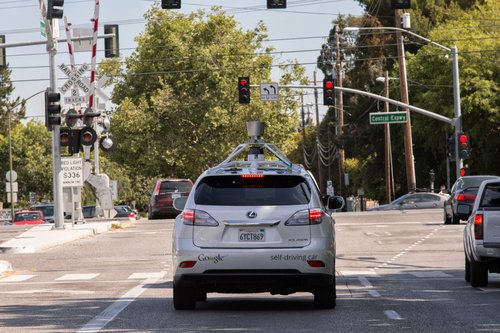
Google to Steer Driverless Car in Other Direction
California requires driverless cars to have manual controls
Due to the recent introduction of new road safety laws in California, Google has been forced to add a steering wheel and pedals to the driverless car to allow for human intervention in the event of a software mishap. If a steering wheel and pedals is not added to the driverless car, then Google will be unable to test them in California.
Originally, the driverless car was meant to be just that – driverless, which implies absence of any manual control of the car. The idea was that the user simply had to operate a single button to begin their route. Following the introduction of new road safety laws in California however, Google have now had to install a steering wheel and pedals into the driverless car before they are to be taken out onto public highways and roads. These new rules for the Google Driverless car will come into effect on September 16th and any driverless car on the road without a steering wheel installed will be deemed illegal after this date in the state of California.
Driverless cars without manual controls would still be legal to test in other states and on private roads. Speaking to The Wall Street Journal, Google spokeswoman Courtney Hohne stated "With these additions, our safety drivers can test the self-driving features, while having the ability to take control of the vehicle if necessary." This means that the design of the driverless car has to change significantly, as the previous prototype allowed for more room for passengers due to the absence of a pedal box or steering column. Google had previously implied that the driverless car would have manual controls fitted, but nevertheless, California has now made it a requirement.
The news came just days after Google’s lead software engineer on this project, Dmitri Dolgov announced that the cars have a tendency to exceed the speed limit by up to 10mph. The reasoning behind this would be to keep up with the flow of traffic and to avoid becoming an obstruction in the road.
We’ll be following the developments closely and seeing what impact they have on motor trade insurance. How would the risk be measured if the vehicle was autonomous but also allowed for human intervention? In the case of an accident, how would we ascertain whether the car was driven manually or by a computer
?
Image c/o Medium